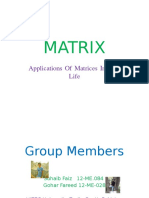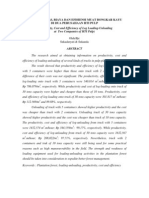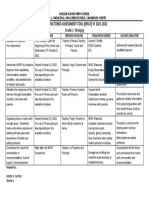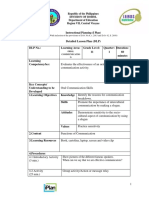0% found this document useful (0 votes)
65 views12 pagesAdvanced Matrices
This document explores advanced concepts of matrices, including their definitions, types, operations, and applications in fields like data science, computer graphics, and engineering. It highlights the importance of matrix operations such as addition, multiplication, and finding determinants and inverses, which are crucial for complex calculations. The presentation concludes by emphasizing the foundational role of matrices in problem-solving and technological advancement.
Uploaded by
tripathishiva2120Copyright
© © All Rights Reserved
We take content rights seriously. If you suspect this is your content, claim it here.
Available Formats
Download as PPTX, PDF, TXT or read online on Scribd
0% found this document useful (0 votes)
65 views12 pagesAdvanced Matrices
This document explores advanced concepts of matrices, including their definitions, types, operations, and applications in fields like data science, computer graphics, and engineering. It highlights the importance of matrix operations such as addition, multiplication, and finding determinants and inverses, which are crucial for complex calculations. The presentation concludes by emphasizing the foundational role of matrices in problem-solving and technological advancement.
Uploaded by
tripathishiva2120Copyright
© © All Rights Reserved
We take content rights seriously. If you suspect this is your content, claim it here.
Available Formats
Download as PPTX, PDF, TXT or read online on Scribd
/ 12






















































































